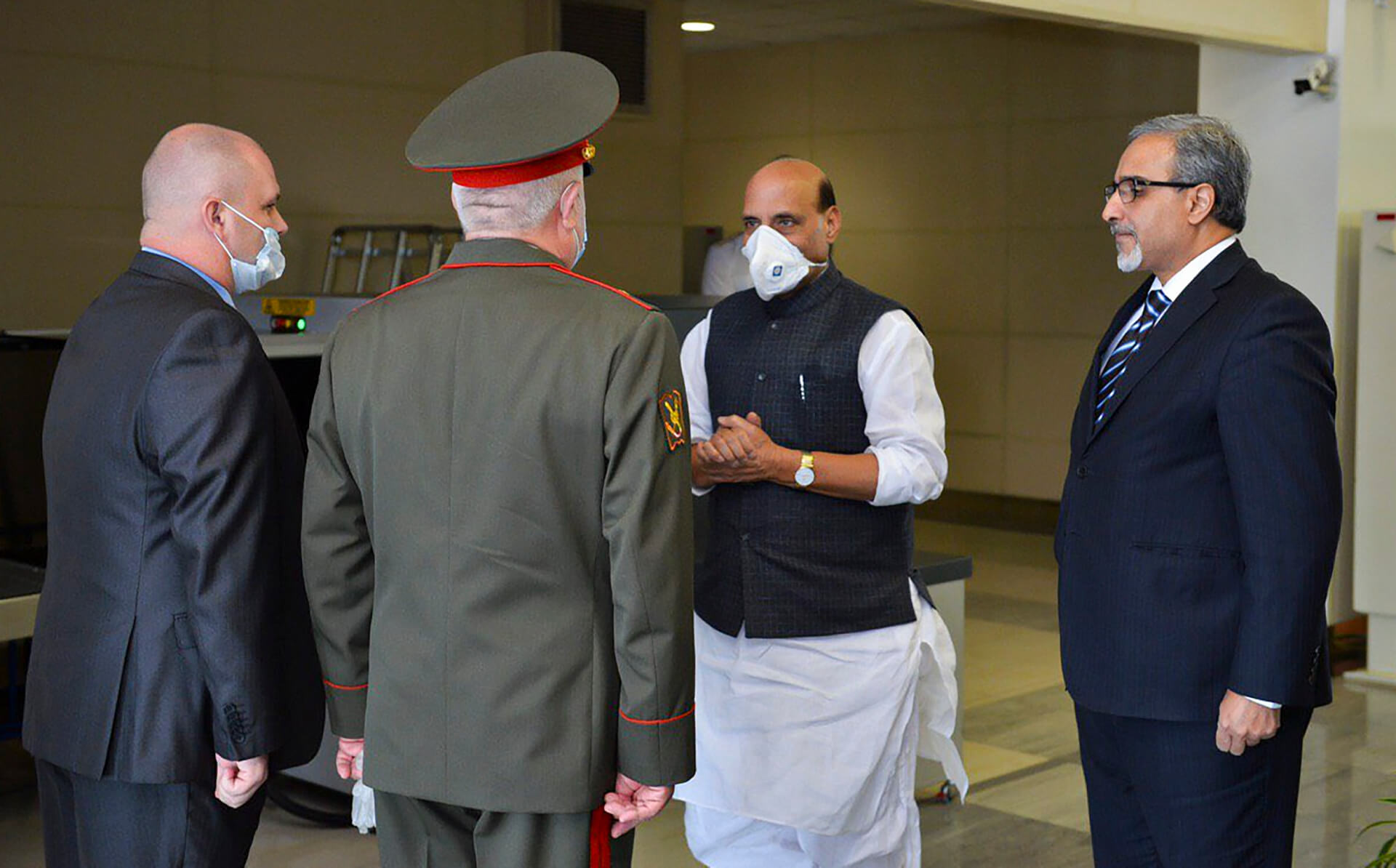Amidst the growing border tensions face by India, Russia agreed to deliver 33 jets—21 MiG-29, and 12 SU-30 MKI fighter jets—to India. Reports suggest that the deal is valued at 5000 to 6000 crores. India has pursued this conversation with Russia for about two years. However, the escalation of the Indo-China border tensions has led to the fast-tracking of these talks. Russia has guaranteed that the jets will be delivered in the “shortest possible time”. India is already procuring 35 Rafale fighter jets, worth 58,000 crores, from France, which are predicted to arrive by the end of July. However, facing a dual-threat from both Pakistan and China, India is looking to further strengthen its arsenal.
Further, Russia also assured India of the fulfilment of their deal for S-400 missiles, whose delivery was indefinitely delayed due to the COVID-19 outbreak. The S-400 is considered to be one of Russia’s most advanced missiles, as it is “capable of guiding up to 160 missiles simultaneously and engaging up to 80 targets at a time.” This equipment is capable of “detecting, tracking and destroying any hostile weaponry”.
Indian Defence Minister Rajnath Singh spoke about these deals with his Russian counterpart during his 3-day visit to Moscow, which was his first diplomatic international travel since the COVID-19 outbreak. Russia’s Ministry of Defence invited him to attend the parade organised to commemorate the 75th Anniversary of Victory Day. The Defence Minister said, “This is a sign of our special friendship. Despite all the difficulties of the pandemic, our bilateral relations are keeping good contacts at various levels.” He added, “India-Russia relations are one of Special and Privileged Strategic Partnership. Our defence relationship is one of its important pillars.” During his visit, Rajnath Singh asked Russia to supply any spare “jets, tanks or submarines”, in addition to the MiG-29 and SU-30 MKI jets, to India by air, rather than by sea, to expedite the delivery.
In fact, Russia and India have always had a strategic partnership. India procures 60-70% of its defence equipment from Russia. Further, Russia and India are also working together towards modernisation of MiG-29 fighter jets, a move that is aimed to increase its “combat capabilities” and expand “functional properties”. On the other hand, China’s relationship with Russia is a “friendship of convenience” according to several Indian and Western commentators. As both countries face criticisms from western countries, the two appear to be cornered into maintaining friendly-diplomatic relations. In fact, during the cold war, the two competed for dominating the world’s Communist movement. This rivalry continued until the collapse of the Soviet Union in 1991. The relationship has only truly strengthened in the past few years. Now, China is Russia’s largest partner for trade, along with its biggest Asian investor.
Due to the importance of its relationship with both the countries, Russia has taken a highly balanced stand on the Galwan tensions. Russian Ambassador, Kudashev, tweeted, “We welcome all steps aimed at de-escalation at the LAC, including the conversation between the two FMs, and remain optimistic.” He added, “The existence of the RIC is an indisputable reality, firmly fixed on the world map. As for the current stage of the trilateral cooperation, there were no indications that it might be frozen.” However, Dmitry Peskov, the Spokesman to Russia’s President, denied any possibility of Russia playing the role of a negotiator in the Galwan dispute. He said, “We have to consider that the two countries are capable of taking necessary steps to prevent such situations in the future and ensure that there is predictability and stability in the region and that this is a safe region for nations, first of all, China and India.”
RIC Coverage:
- India Confirms Attendance to Russia-India-China Trilateral Meet on 23 June
- Russia-India-China Trilateral Meet Concludes, Modi to Meet Xi at G20 in November
Image Source: Deccan Herald

